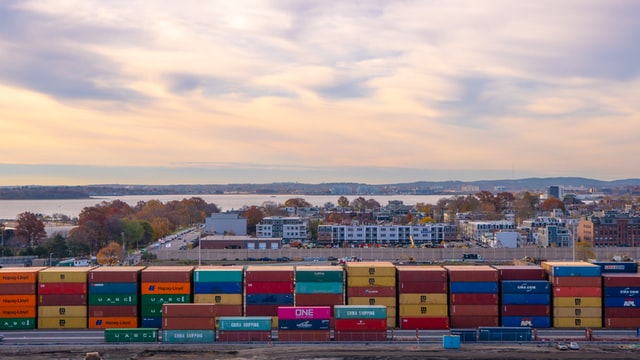 A new survey shows that 98% of shippers and logistics professionals are making major changes in their supply chain decisions and strategies in response to COVID-19-related disruptions, according to a Transport Intelligence (Ti) report.
A new survey shows that 98% of shippers and logistics professionals are making major changes in their supply chain decisions and strategies in response to COVID-19-related disruptions, according to a Transport Intelligence (Ti) report.
The COVID-19 crisis, combined with ongoing developments such as trade protectionism, de-globalization, and the US-China trade war, will usher in a period of profound change over the next few years, said Ti.
The pace of these operational and structural changes in the freight forwarding market will be rapid and unlike anything seen since the financial crisis of 2008.
“Indeed, as has been seen in many logistics markets and industry sectors, COVID-19 looks set to accelerate a rate of change that had already been moving at a rapid pace,” said the whitepaper sponsored by Bollore Logistics.
Ti and Bollore surveyed 422 logistics professionals throughout July and August 2020, more than half of whom represented retail and manufacturing shippers that use air and sea forwarding services. A little less than one quarter were freight forwarders, while the rest were primarily from professional services sectors including consultancies and financial institutions.
Respondents from Europe made up the largest proportion and the Asia-Pacific and North America regions were also strongly represented.
The survey found that shippers are now undertaking big changes in their shipping mode choices, sourcing networks and outsourcing strategies.
About 28% of respondents now plan to shift volumes away from air freight in favor of other transport modes to secure capacity and lower rates after large scale disruption in the air freight market.
This switch extends the shift away from air freight towards other modes that had already been seen prior to COVID-19, driven by new multimodal options on the Asia-Europe trade and with the proliferation of new cool chain sea freight containers.
The survey also found that 64% of respondents plan to make more use of the spot market to enable them to more easily surge capacity and secure better rates.
Meanwhile, 25% of participants will use more digital logistics offers in the future, indicating that the need for greater visibility, reactivity and flexibility appears to be accelerating the trend towards digitalization.
Aside from purchasing habits, purchasing criteria are changing too. Some 76% of respondents believe the crisis has increased their demand for real-time visibility.
Visibility is key in implementing flexible solutions and around two-thirds (64%) of survey participants plan to introduce more supply and flow-planning flexibility as a result of the COVID-19 pandemic.
Flexibility can help improve supply chain resilience and 56% of respondents reported that they plan to improve their business continuity planning in the future to better cope with future crises.
The survey further showed that 80% of respondents are planning to continue to integrate new technology into their supply chains in the future to achieve this greater flexibility and resilience.
They plan to do this using a mix of off-the-shelf and in-house solutions, with 26% expecting logistics service providers of LSPs to provide their own solutions. This presents an opportunity for LSPs to capture more of the value chain through their software offering in the future.
More significantly, 67% of respondents agree that sustainability will be a key factor in the development of their future supply chain. This should see sustainability strategies given greater priority in operational decisions for more companies in the next few years.
Photo by Aaron Taylor on Unsplash





